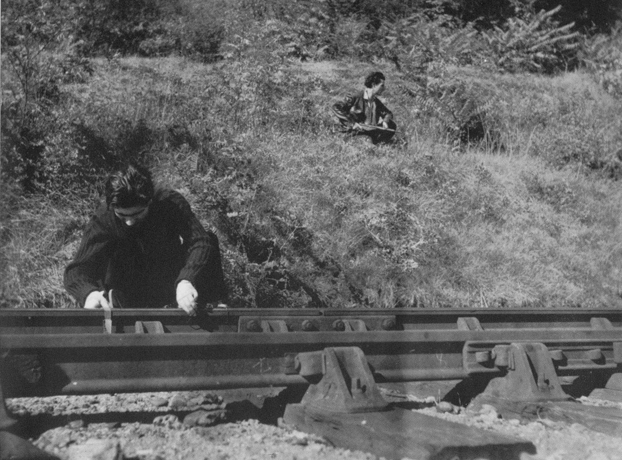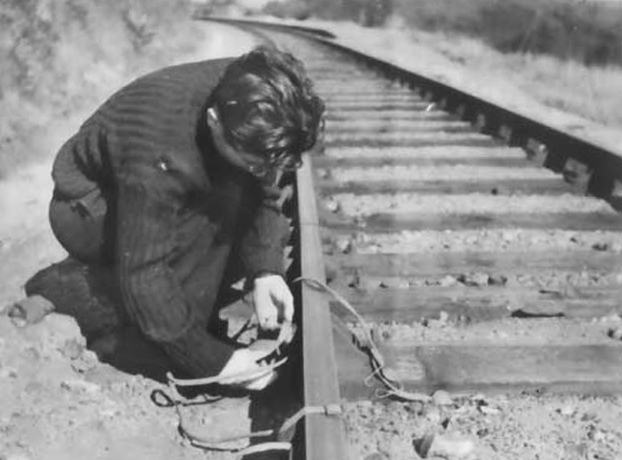The Resistance and the Networks

They rubbed shoulders with death to keep London informed, to help prisoners escape, to get pilots back home, to organise sabotages… They were part of a network.
Networks sometimes popped up spontaneously, solely out of the will of a few resistance fighters. But they usually reported to London, because this capital of freedom supplied logistical and financial support. London, home of the French section of the Special Operation Executive, the Intelligence Service and the Bureau central de renseignement et d'action (Free French Central Bureau of Intelligence and Operations).
Networks specialised in intelligence require military-type organisations based on coverage of all of France’s territory and constant links – radio, air and sea – with the outside world. Other networks had profiles that are harder to classify.
They ranged from major international smuggler organisations to local sabotage networks. But whether large or small, these networks were hunted down by the Germans and the French Militia. The autumn of 1943 was particularly tragic:
16,000 agents were killed or deported.
Relais de la Mémoire: The Comet Line (Saint-Jean de Luz, Pyrénées Atlantiques)
Two young Belgians created the Comet Line in 1940 to guide English soldiers and resistance fighters from Belgium to Spain. The Basque Country organised to take in the underground fighters. And to ferry them over the Pyrenees.
For further information: Fondation de la résistance

Saboteur in action. ©MINDEF/SGA/DMPA

Saboteur in action. ©MINDEF/SGA/DMPA

